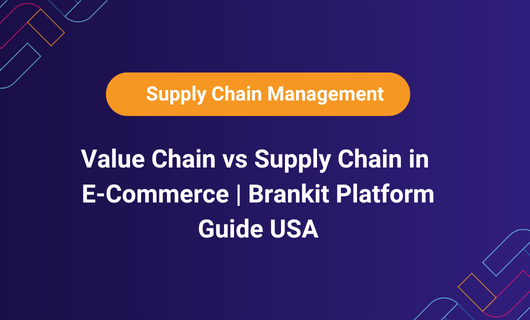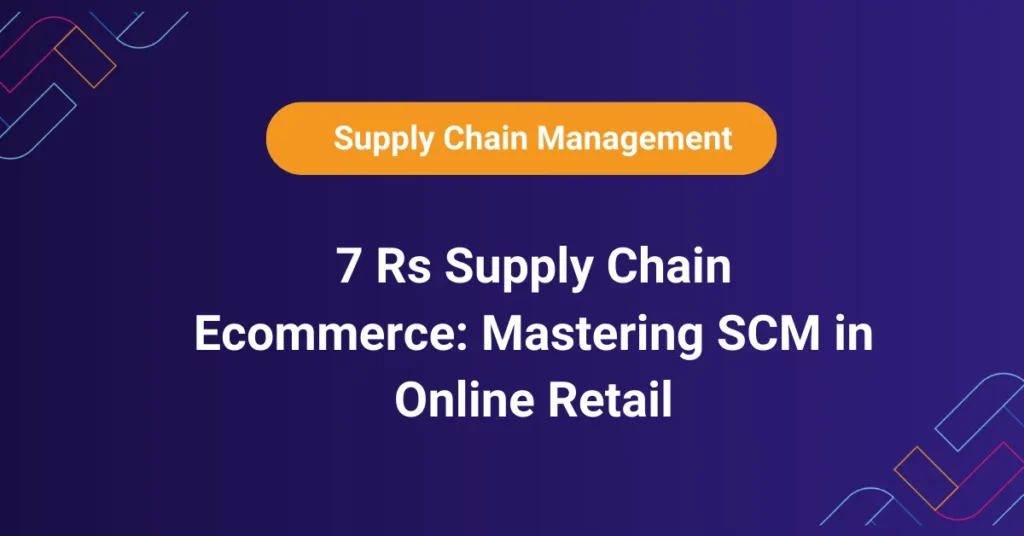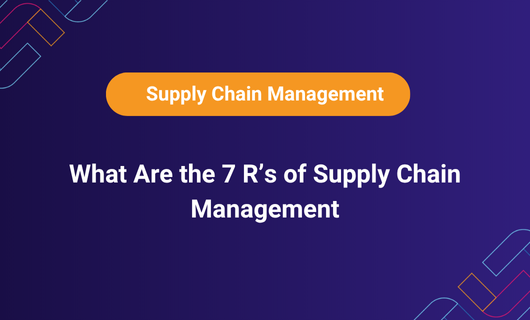
Value Chain vs Supply Chain: A Strategic E-Commerce Guide
In today’s fast-paced e-commerce world, particularly for Amazon sellers and direct-to-consumer (DTC) brands, gaining a competitive edge requires understanding both the value chain and supply chain, and aligning them strategically.
While often used interchangeably, these two serve very different purposes:
- The value chain enhances customer satisfaction at every touchpoint, from product design to post-sale support.
- The supply chain ensures operational efficiency, facilitating the seamless movement of products from manufacturers to customers.
At Brankit, we’ve built analytics-driven solutions that integrate both chains. Let’s explore how.
The Value Chain in E-commerce
A value chain includes all activities that generate customer value and brand differentiation:
Product Ideation & Design
Brands conceptualize products tailored to meet the needs of their target customers.
Marketing & SEO Optimization
From Google Ads to on-page SEO, this drives traffic to product listings.
Conversion Rate Optimization (CRO)
Tactics like A/B testing, UI refinement, and review management enhance conversions.
Fulfillment as a Brand Experience
Clean packaging or personalized notes can surprise and delight.
Post-Purchase Engagement
Customer service, return support, loyalty programs, and brand community building.
Example: Nike
Nike builds value through celebrity collaborations, personalized apps, and rapid deliverym, all integral to its value chain.
The Supply Chain in E-Commerce
The supply chain focuses on procurement and logistics, including:
Supplier Sourcing & Procurement
Negotiating prices, ensuring quality, and managing vendor relationships.
Inventory Management
Balancing stock levels to prevent stockouts or overstock.
Warehousing & Order Fulfillment
Picking, packing, and handling inbound and outbound logistics.
Shipping & Returns
Using carriers and return systems that meet customer expectations.
Example: Amazon
Amazon revolutionized the supply chain with warehouse automation, last-mile optimization, and predictive inventory planning.
Key Differences: Value Chain vs Supply Chain
| Aspect | Value Chain | Supply Chain |
|---|---|---|
| Primary Focus | Customer experience | Operational logistics |
| Scope of Activities | Marketing → UX → Customer support | Inventory → Fulfillment → Returns |
| Success Metrics | NPS, retention, average order value | Inventory turnover, fulfillment lead time |
| Core Technologies | CRM, personalization engines, analytics | ERP, WMS, SCM software |
| E-Commerce Examples | Glossier | Walmart, Amazon |
How Brankit Enhances Inventory Management
Many e-commerce brands excel at marketing but struggle to optimize their supply chains, especially in terms of inventory management. Brankit bridges this gap with:
- SKU-Level Profitability Tracking
Identify which SKUs underperform and understand why. - Real-Time Demand Forecasting
Predict demand using historical data and seasonality trends. - Automated Replenishment Suggestions
Avoid stock-outs or excess inventory with smart reorder alerts. - Multi-Platform Sync
Maintain consistency across Amazon, Shopify, and other platforms.
Learn more in our article on Inventory Management in Supply Chain
Essential Supply Chain Tools for E-Commerce
- Brankit: Amazon & DTC-focused forecasting, analytics, and inventory sync.
- Skubana: Complex order routing across SKUs and locations.
- NetSuite: Full ERP suite with advanced inventory control.
- Inventory Planner: Demand forecasting solution.
- Shopify: Multi-location inventory management system.
Explore more in our article: SCM Software Helps E-Commerce Businesses Scale Faster

Bringing Theory to Life: E-Commerce
- Gymshark – 35% faster fulfillment via AI-driven analysis.
- Allbirds – Built data-driven, carbon-neutral supply chains.
- Brankit Client – Achieved 2.3× revenue growth in 6 months by using demand sync and forecasting tools to optimize inventory.
See more strategies in: Supply Chain Analytics Predict Demand & Boost CRO
Brankit vs Traditional Consulting Firms
Many small e-commerce brands can’t afford traditional consulting. Brankit offers a SaaS-based alternative with:
- Custom analytics visualizations
- Configurable dashboards
- 24/7 monitoring
- A hybrid approach (analytics, automation tools)
Read more: Top Supply Chain Consulting Firms in the USA
Tackling Supply Chain Challenges in 2025
| Problem | Brankit Solution |
|---|---|
| Labor shortages | Automation and streamlined processes |
| Supply disruption | Multi-source alerts and advanced demand planning |
| Overstock | Predictive analytics to balance supply and demand |
| Return cost inflation | Innovative returns management and warehouse optimization |
Stay ahead: Managing Supply Chain Costs
Frequently Asked Questions
1. What is the value chain in e-commerce?
It includes all stages, marketing, UX, product development, and support, that add value for customers.
2. How does it differ from the supply chain?
Value chain = brand experience. Supply chain = product logistics and delivery.
3. Can Brankit integrate with Amazon?
Yes, our platform syncs with Amazon and Shopify to manage inventory, forecasting, and profitability.
Smart Supply Chain Tools for Amazon
4. Why is inventory management essential?
It minimizes overstocking, avoids missed sales, and improves fulfillment accuracy.
5. What inventory KPIs should I track?
Track fill rate, inventory turn rate, days on hand, order accuracy, and out-of-stock days.
Aligning Value and Supply Chains with Brankit
E-commerce growth is about more than just fast shipping, and it’s about delivering outstanding experiences at scale.
When you align your value and supply chains, you can:
- Accurately predict demand
- Manage stock more effectively
- Delight your customers
- Sustain long-term profitability
Ready to Elevate Your Brand?
Request a Demo to see how Brankit aligns value and supply chain strategies for Amazon & DTC success.





